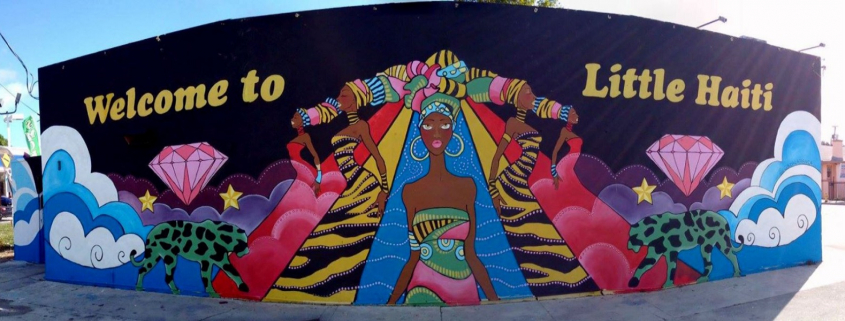The Little Haiti area will be South Florida’s hottest residential neighborhood in 2017, even as the wider region cools down, according to a recent report released by real estate website Zillow.
The company predicts home values in the gentrifying area north of downtown Miami will rise 4.6 percent this year. (Zillow included Little River, Buena Vista and the area around the Design District — together once known as Lemon City — in its analysis.) That’s the fastest rate in Miami-Dade, Broward and Palm Beach counties. But South Florida as a whole will grow at a 1.6 percent clip, Zillow said. Miami’s growth rate puts it at number 90 of the country’s 96 largest metro areas, according to Zillow projections.
Little Haiti, ‘The Next Wynwood’
With Brickell and the Beach overbuilt, developers are now zeroing in on under-valued neighborhoods close to the urban core.
“This could be the next Wynwood” is the mantra of many investors and home flippers crowding into Little Haiti. The average home there is valued at $191,500, up 19.6 percent over the last year, according to Zillow.
Just south of the booming neighborhood, the Archdiocese of Miami wants to sell the 15-acre campus of Archbishop Curley-Notre Dame High School in Buena Vista. Developers have also unveiled plans for large, mixed-use projects. And restaurants and commercial business are moving in, too, most recently Entercom Communications, one of the country’s biggest radio broadcasters, which signed a lease in Little River.
Some business owners and residents are worried they could be forced out by the wave of cash, and that Little Haiti’s unique cultural heritage is under siege. In March, with the support of many Haitian Americans, the city of Miami officially recognized the area roughly between 54th Street and 79th Street, and Northwest Sixth Avenue and Northeast Second Avenue, as Little Haiti.
Zillow predicts the other top neighborhoods in South Florida in 2017 will be the 441 corridor in Hollywood (the residential area south of the Seminole Hard Rock Hotel & Casino); South Middle River in Fort Lauderdale; Highland Garden in Hollywood; and Liberty City in Miami.
South Florida Slowdown
The overall slowdown in South Florida might come as a surprise after years of big gains. Fueled by foreign investment, real estate in Miami Beach, Brickell and other high-rise havens recovered quickly after the housing bubble burst, leaving less fashionable. But now that a strong dollar has cooled the condo market, overall growth is plummeting compared to other major metro areas.
“We’re expecting a drastic slowdown,” said Svenja Gudell, chief economist at Zillow. “Miami was the one market where I was starting to get concerned about a bubble because of the foreign investment flowing in and prices becoming so unaffordable. … A slowdown is actually a good thing because it could allow incomes to catch up.”
The volume of home sales in Miami-Dade fell by double digits in three of the four months leading up to November’s presidential election. Zillow also found that Miami has a higher unemployment rate and slower projected wage growth than other big cities. Recession in Latin America prevented Miami’s economy from booming at the rapid clip experienced in other parts of Florida and the Southeast in 2016.
The metro areas projected to experience the biggest increases in home values this year are Nashville, Tennessee; Seattle; Provo, Utah; Orlando; and Salt Lake City.
Source: Miami Herald

